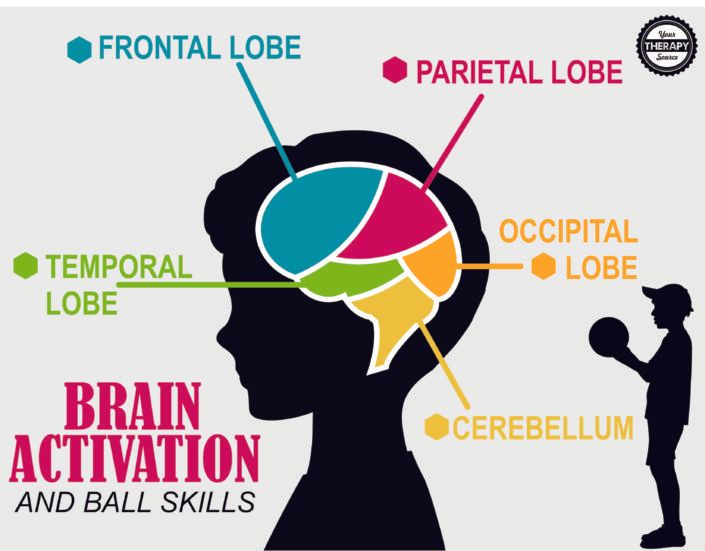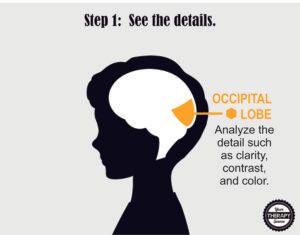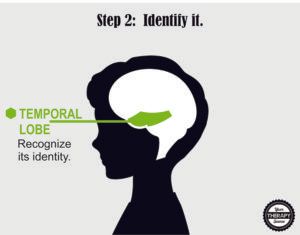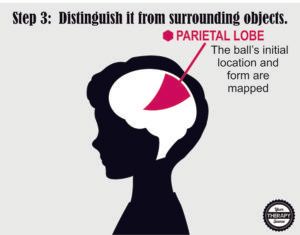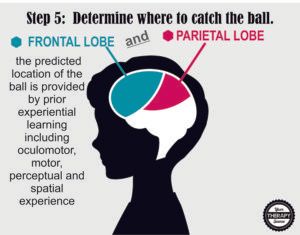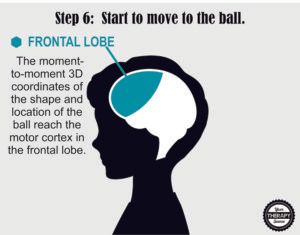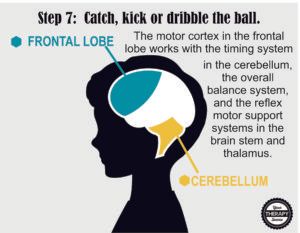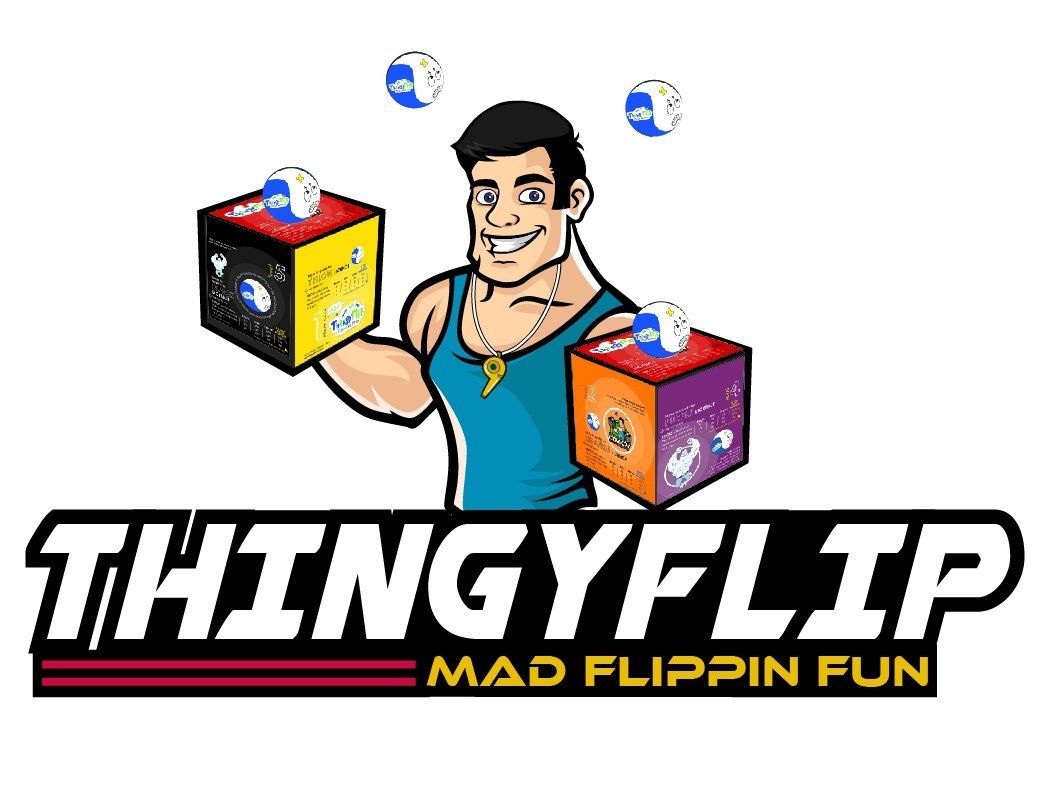Hypothesis:
The Thingy Flip is a way to increase brain grey & white matter when used regularly.
Why this hypothesis?
Research has shown juggling actually increases grey matter in the brain 1.
By using 5 sides of a closed fist to toss and catch, and using both hands, with we are getting 10 times the benefits compared to just using the palm of our hands. We recommend using both right and left hands to create even more neural pathways. So if juggling showed an increased in grey matter, imagine what might happen when using the Thingy Flip regularly? We also believe it is easier and more engaging for kids than juggling alone which could improve chances of them practising regularly.
We believe the Thingy Flip is the next step in human brain evolution. Please help us prove it.
1. Draganski, B., Gaser, C., Busch, V., Schuierer, G. & al, e. 2004, Changes in grey matter induced by training,
Nature, vol. 427, no. 6972, pp. 311-2.
Do you know what parts of the brain are activated when a child learns ball handling skills? You might be surprised to find out that catching a ball requires all the lobes of the brain to work together! When you see a child reach their arms out to catch a ball, various steps have already occurred throughout each lobe of the brain. Let’s take a closer look at brain activation and ball skills.
Step 7: Catch, kick or dribble the ball. The motor cortex in the frontal lobe works with the timing system in the cerebellum, the overall balance system and the reflex motor support systems in the brain stem and the thalamus to finalise the action. If you are dribbling the ball, it starts the entire process over again with each dribble!
It is amazing how complex the brain activation is for a simple eye hand coordination skill like catching a ball. Imagine the activation during a volleyball game, tennis match or soccer game!
in 2004, the scientific journal Nature published the article “Neuroplasticity: Changes in Grey Matter Induced by Training.” The authors reported that 15 minutes of daily juggling Thinkstockpractice over the course of three months resulted in a significant increase in the brain’s gray matter (the non-juggling control group showed no improvements in the brain).
The study was a landmark in our understanding of the brain’s ability to effectively re-create itself over time with appropriate training. The researchers also found, however, that the brain benefits began to fade after the subjects stopped regular juggling practice. The research team summarizes its findings by stating simply, “The brain is like a muscle. We need to exercise
in 2004, the scientific journal Nature published the article “Neuroplasticity: Changes in Grey Matter Induced by Training.” The authors reported that 15 minutes of daily juggling Thinkstockpractice over the course of three months resulted in a significant increase in the brain’s gray matter (the non-juggling control group showed no improvements in the brain).
The study was a landmark in our understanding of the brain’s ability to effectively re-create itself over time with appropriate training. The researchers also found, however, that the brain benefits began to fade after the subjects stopped regular juggling practice. The research team summarizes its findings by stating simply, “The brain is like a muscle. We need to exercise

